Below is the full joint statement of the UK, Germany and France.
Joint statement from Prime Minister Theresa May, Chancellor Angela Merkel and President Emmanuel Macron following President Trump’s statement on Iran.
It is with regret and concern that we, the Leaders of France, Germany and the United Kingdom take note of President Trump’s decision to withdraw the United States of America from the Joint Comprehensive Plan of Action.
Together, we emphasise our continuing commitment to the JCPoA. This agreement remains important for our shared security. We recall that the JCPoA was unanimously endorsed by the UN Security Council in resolution 2231. This resolution remains the binding international legal framework for the resolution of the dispute about the Iranian nuclear programme. We urge all sides to remain committed to its full implementation and to act in a spirit of responsibility.
According to the IAEA, Iran continues to abide by the restrictions set out by the JCPoA, in line with its obligations under the Treaty on the Non-Proliferation of Nuclear Weapons. The world is a safer place as a result. Therefore we, the E3, will remain parties to the JCPoA. Our governments remain committed to ensuring the agreement is upheld, and will work with all the remaining parties to the deal to ensure this remains the case including through ensuring the continuing economic benefits to the Iranian people that are linked to the agreement.
We urge the US to ensure that the structures of the JCPoA can remain intact, and to avoid taking action which obstructs its full implementation by all other parties to the deal. After engaging with the US Administration in a thorough manner over the past months, we call on the US to do everything possible to preserve the gains for nuclear non-proliferation brought about by the JCPoA, by allowing for a continued enforcement of its main elements.
We encourage Iran to show restraint in response to the decision by the US; Iran must continue to meet its own obligations under the deal, cooperating fully and in a timely manner with IAEA inspection requirements. The IAEA must be able to continue to carry out its long-term verification and monitoring programme without restriction or hindrance. In turn, Iran should continue to receive the sanctions relief it is entitled to whilst it remains in compliance with the terms of the deal.
There must be no doubt: Iran’s nuclear program must always remain peaceful and civilian. While taking the JCPOA as a base, we also agree that other major issues of concern need to be addressed. A long-term framework for Iran’s nuclear programme after some of the provisions of the JCPOA expire, after 2025, will have to be defined. Because our commitment to the security of our allies and partners in the region is unwavering, we must also address in a meaningful way shared concerns about Iran’s ballistic missile programme and its destabilising regional activities, especially in Syria, Iraq and Yemen. We have already started constructive and mutually beneficial discussions on these issues, and the E3 is committed to continuing them with key partners and concerned states across the region.
We and our Foreign Ministers will reach out to all parties to the JCPoA to seek a positive way forward.




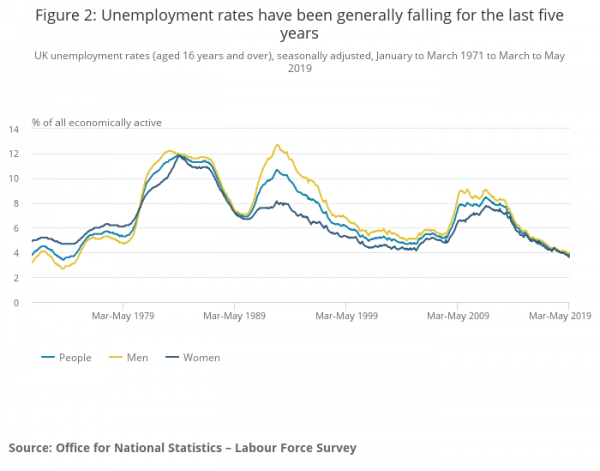
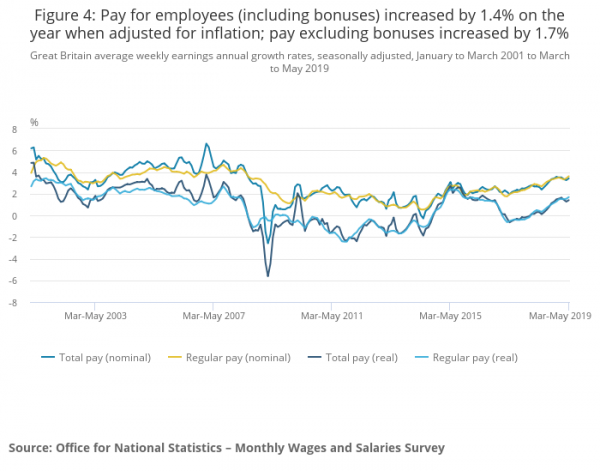
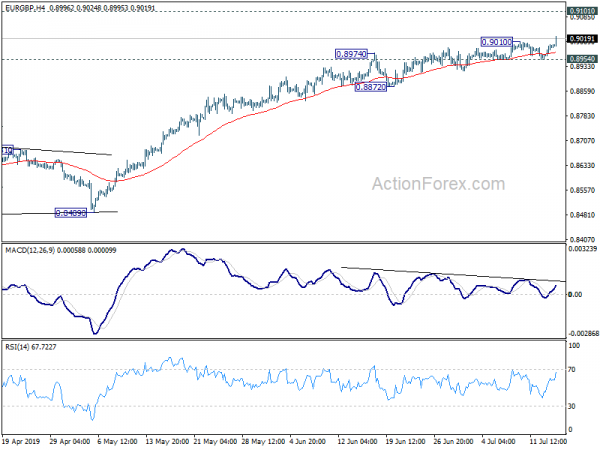
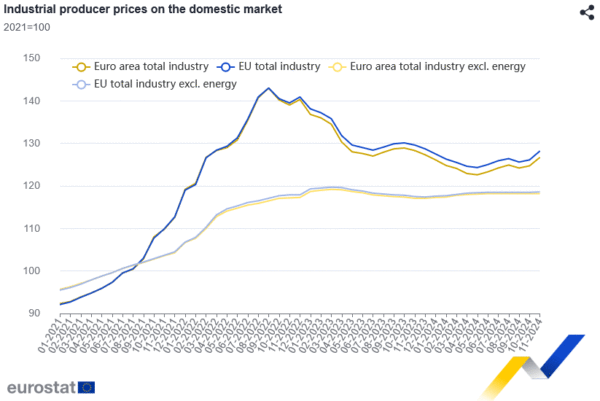
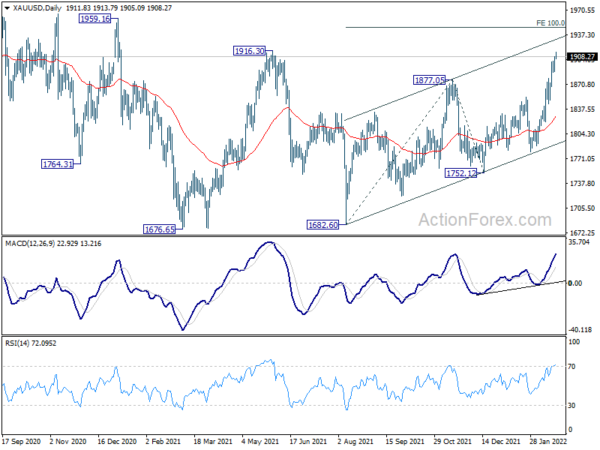
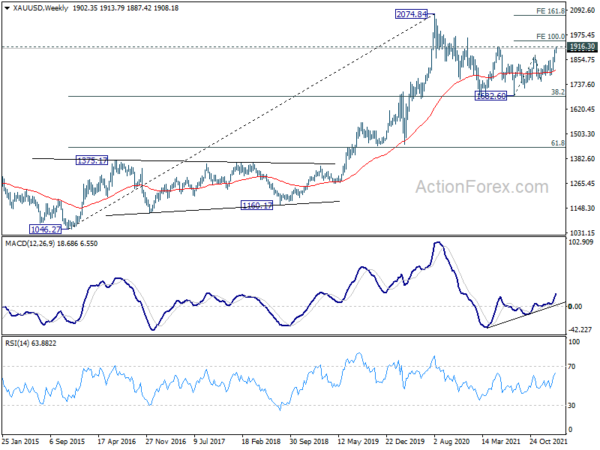
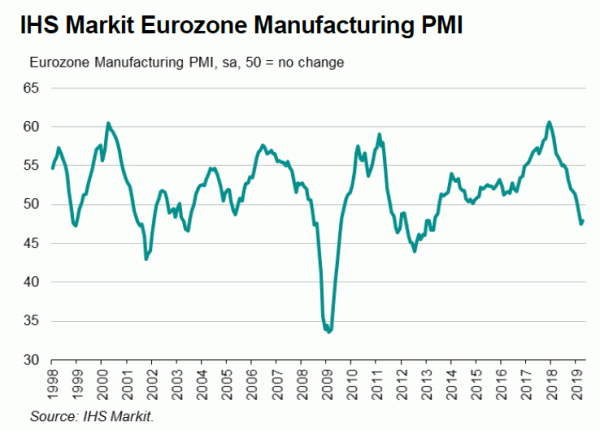
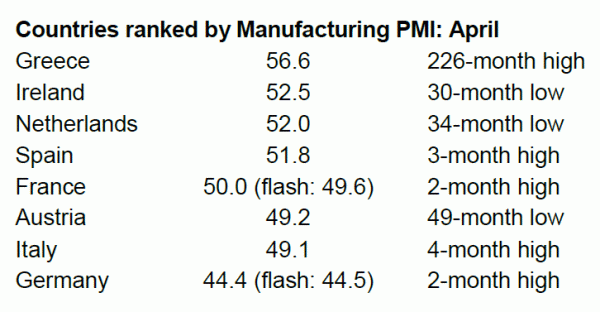
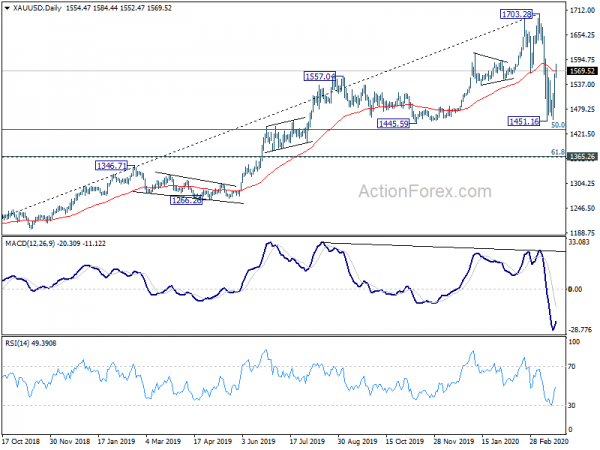
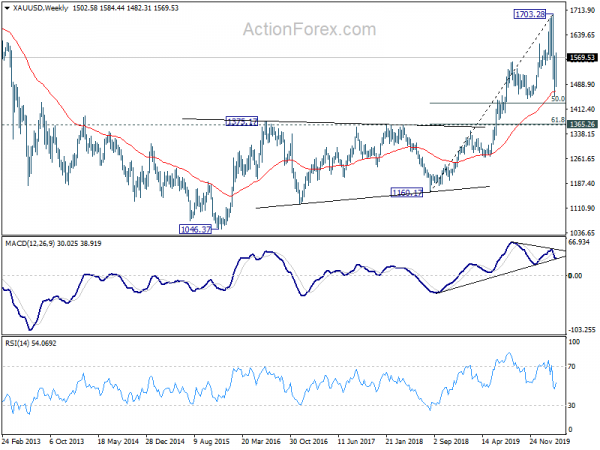
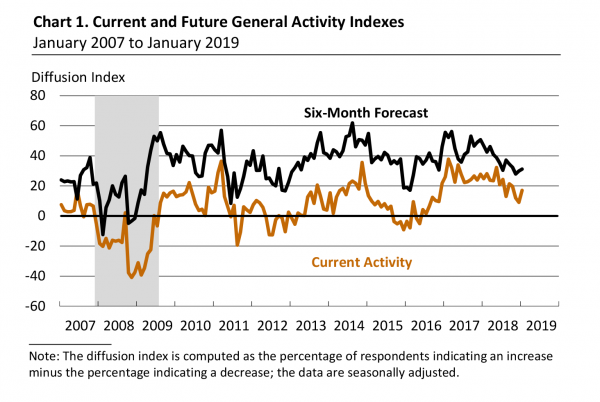
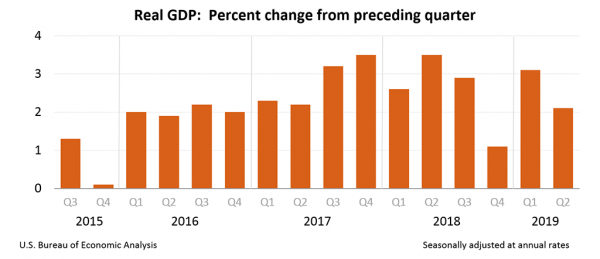
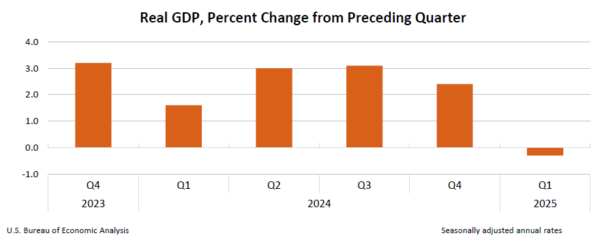

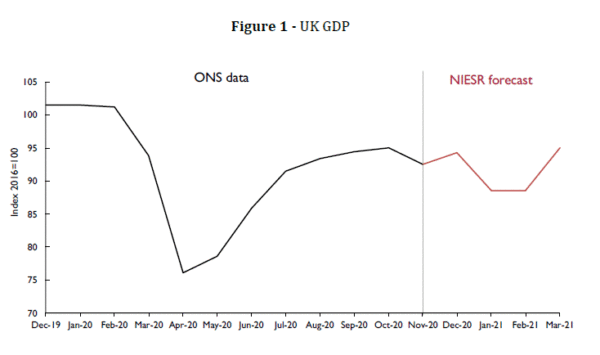
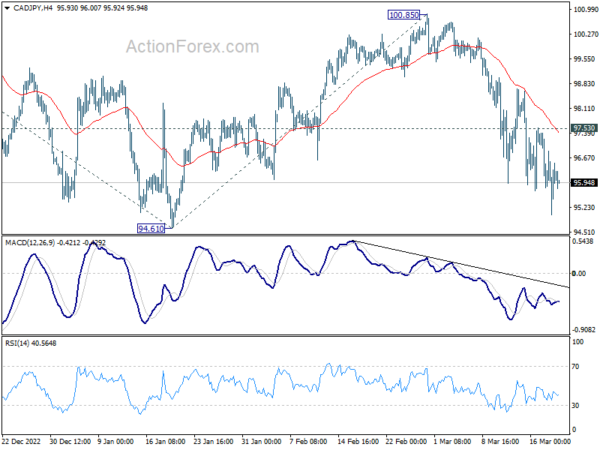
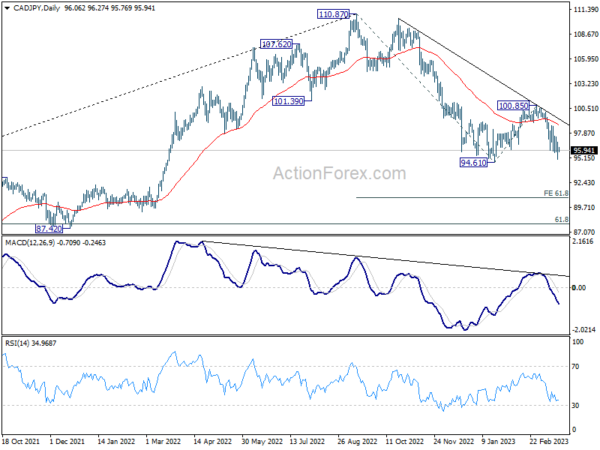

Fed’s Goolsbee: Jobs data weak, but recession not imminent
Chicago Federal Reserve President Austan Goolsbee addressed the recent economic concerns in an interview with CNBC, noting that last Friday’s jobs numbers were “weaker than expected” but not yet indicative of a recession.
He emphasized the Fed’s commitment to its core mandates: “The Fed’s job is very straightforward: maximize employment, stabilize prices and maintain financial stability. That’s what we’re going to do.”
Goolsbee highlighted the Fed’s forward-looking approach, stating, “If the conditions collectively start coming in like that on the through line, there’s deterioration on any of those parts, we’re going to fix it.”